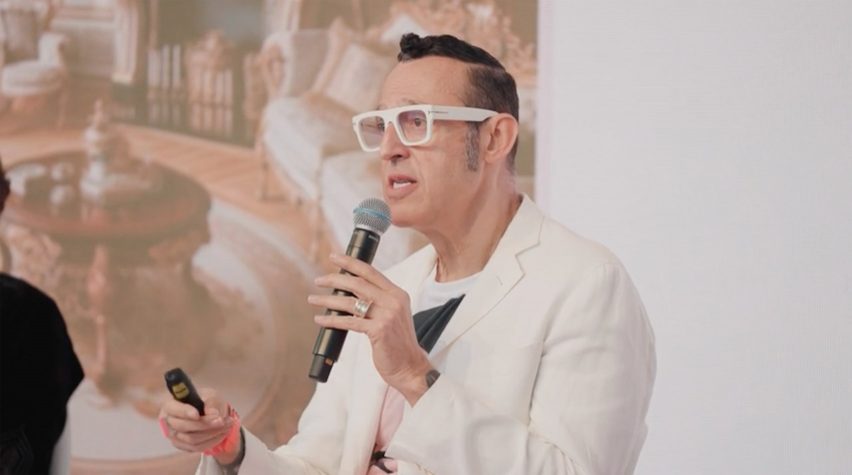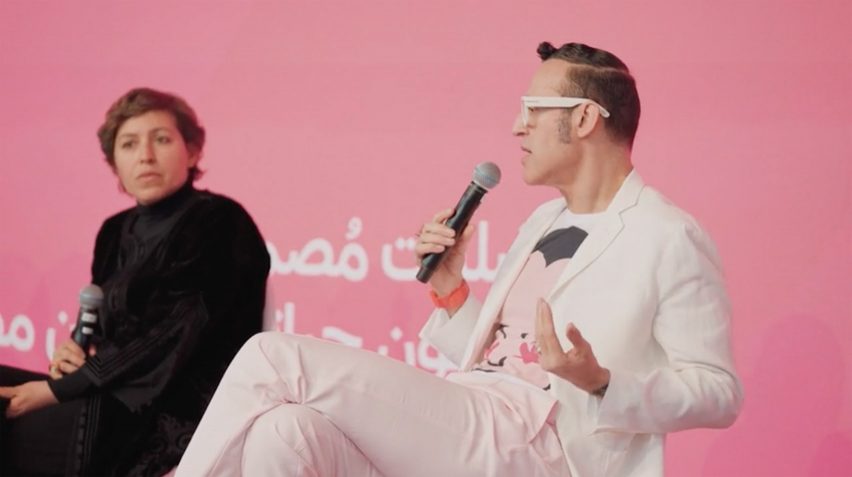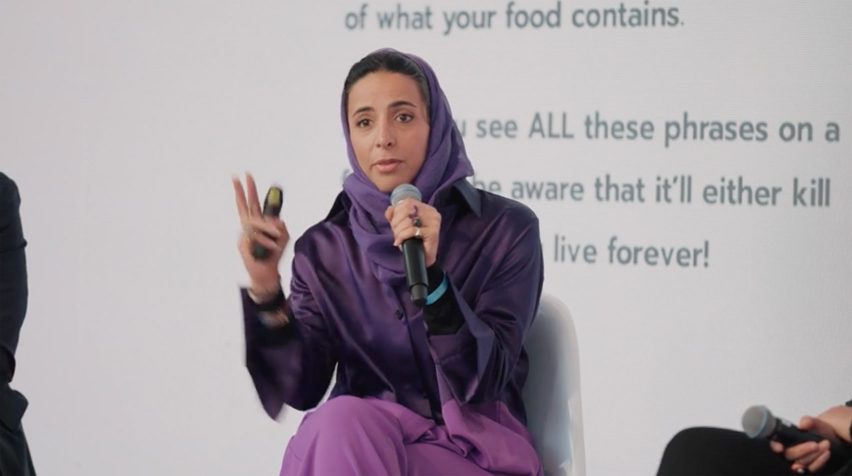World
The world is “over-branded”, says Karim Rashid at Design Doha

Promotion: the world is under-designed and over-branded, designer Karim Rashid argued on stage at Design Doha Forum.
Rashid was speaking as part of a panel titled “Branded Futures: Will Our Lives and Our Cities Become Over-Designed?” that formed part of the Design Doha Forum (DDF).
Tackling issues of branding and urbanism and exploring potentially excessive design within everyday life and urban landscapes, the panel also featured Qatari artist Ghada Al Khater and Egyptian architect Shahira Fahmy. The session was moderated by innovation expert Jorge Cerveira Pinto.
Rashid, who is one of the world’s most recognised industrial designers, said his initial response to the panel’s theme was to reject the view that the world is over-designed or in danger of being so. He drew a contrast between functional design and design for its own sake.
He gave the example of uncomfortable chairs and shoes and the aeroplane boarding experience – where business class passengers board the plane first and then “wait for 180 people to pass you by” – as evidence that there was still too little design thinking taking place.
At the same time, he said, people were walking around in head-to-toe designer brand logos with nothing of substance behind the iconography.
“Simply put the world is under-designed and over-branded,” said Rashid. “We’re destroying the earth, we’re overproducing, we’re over consuming, and yet a lot of what we’re consuming and producing doesn’t have any real place in our daily lives.”
“Design should be about elevating the human experience, progressing and evolving humanity.”

Born in Egypt, raised in Canada and now based mainly in New York City, Rashid’s design work has spanned furniture, packaging and the built environment.
On the panel, he said he liked to think of himself as a “cultural shaper”, because of the role designers played through physicality and the things they produced.
When it came to architecture and urbanism in particular, Rashid said that designers wanted to do good work but that it was undermined by branding and marketing, which were overused.
He said that more often than not, having more architects and designers on a project would be a benefit, and described “95 per cent of what’s being constructed in the world” as “banal, developer-driven architecture”.
“Most buildings right now are actually done without architects,” he said, adding that he saw every bad building as a “lost opportunity”.
“Because if you hired a good architect, for example, on that project – which is what, five per cent of the cost, three per cent, whatever – the building for the same amount of time, same amount of effort, same amount of resources, same amount of people, you would have ended up with a really nice building. It’s that simple of an equation.”

On the city level, he said that the most effective branding a city could do was through its architecture, not through an advertising campaign.
“I think I said it here 15 years ago, that every city in the world has to brand itself,” said Rashid. “What I meant by that was you build a beautiful project like Frank Gehry did in Bilbao as an example.”
He said that Bilbao had been a “little sleepy Spanish town” but now attracts 12 million tourists a year, almost entirely to experience a piece of architecture.
In contrast, he said, he had experienced cities that were having a crisis in tourism because underneath the advertising campaigns, there were no real destinations for people to connect to.

“These artefacts, these landmarks, these pivotal projects brand a city,” said Rashid. “But if you have a city and you have really nothing to offer, you can go and make all the commercials you want on television and make a beautiful logo and mark and keep over-branding it, but people won’t return.”
Meanwhile, Rashid’s fellow panellists saw a potential danger in over-design. Having recently worked on branding for the 2022 World Cup in Doha, Al Khater said that she and her team had been conscious of trying “not to dominate” the experiences of visitors while carefully identifying and catering to different audiences.
Fahmy criticised the cycle that saw cities, including her native Cairo, being branded and rebranded, with more attention paid to attracting wealth than solving the problems that affected people.

“Architecture and building is a home to house people,” said Fahmy, but some developments ended up vacant.
“The percentage of total investment that goes into real estate and buildings is huge. It creates a pressure of time as well and a risk over-design.”
“The Branded Futures” panel took place on the final day of the Design Doha Forum, on 28 February, at Doha’s M7 cultural centre.
The forum formed part of the programme of Design Doha, which held its inaugural event in 2024. For more information, visit the Design Doha website.
Partnership content
This article was written by Dezeen for Design Doha as part of a partnership. Find out more about Dezeen partnership content here.










